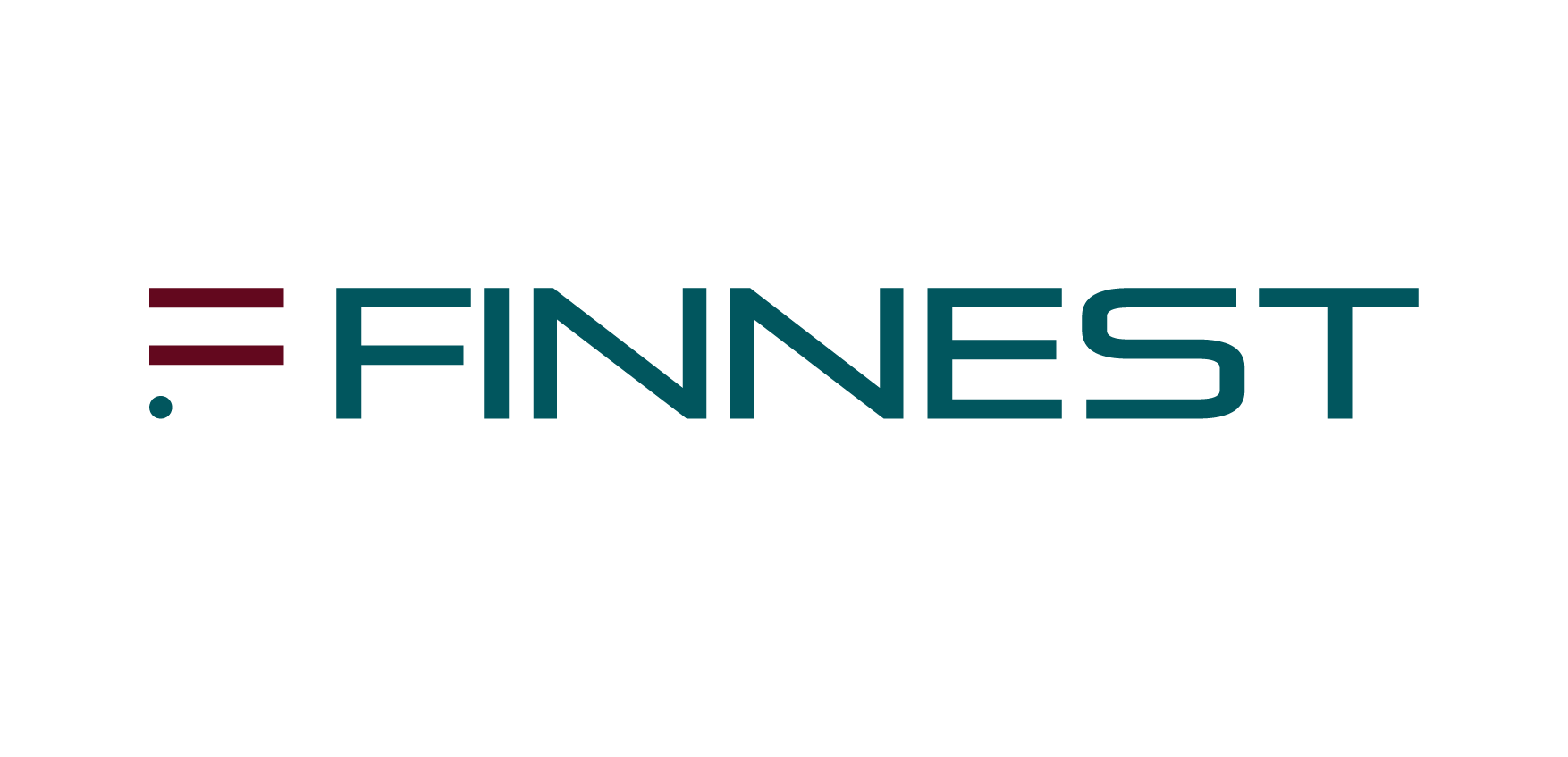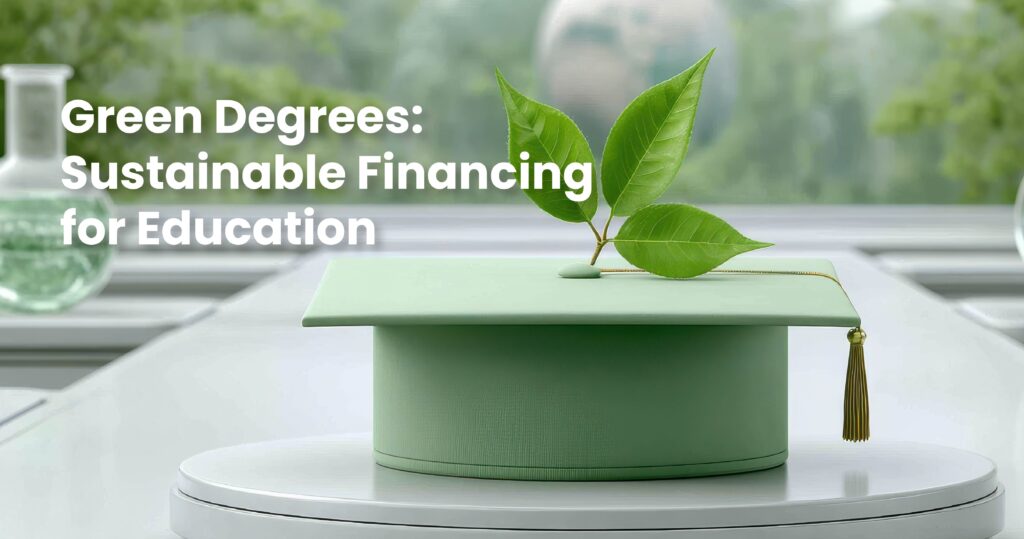Introduction
In a world increasingly shaped by climate change and environmental concerns, the role of education in promoting sustainability has never been more critical. Universities and colleges around the globe are expanding their curriculum to include green degrees—programs dedicated to teaching the principles of environmental science, sustainable development, and eco-friendly business practices. These programs are not only designed to cultivate a new generation of environmental leaders but also to innovate how our societies interact with the planet.
However, the expansion of such transformative programs brings into focus a crucial aspect: financing. How do we support and expand educational opportunities that foster a sustainable future? This is where sustainable financing steps in as a game-changer. Innovative financial models, including green bonds, impact investments, and sustainability-focused scholarships, are paving the way for institutions to offer and expand these vital programs.
This guide delves into the intersection of eco-friendly education and sustainable financing, exploring how financial innovations are enabling the growth of green degrees globally. From traditional funding sources to emerging financial models, we will uncover how these mechanisms not only support but also drive the success of sustainability initiatives in educational settings. Join us as we explore the institutions leading this charge, the benefits these programs offer to students and society, and how you can be a part of this green revolution.
Section 1: The Rise of Green Degrees
As the global community becomes more attuned to the realities of climate change and environmental degradation, educational institutions are responding by developing programs that address these pressing issues. Green degrees are at the forefront of this educational evolution, equipping students with the knowledge and skills necessary to lead sustainable change.
Subsection 1.1: What are Green Degrees?
Green degrees encompass a broad range of disciplines focused on sustainability, environmental science, renewable energy, and conservation. These programs are designed to foster an understanding of ecological processes and the environmental impact of human activities. They prepare students for careers that aim to improve environmental conservation efforts, develop sustainable practices, and advocate for policies that support a healthier planet. Examples include degrees in Environmental Science, Sustainable Agriculture, Renewable Energy Engineering, and Environmental Policy and Management.
Subsection 1.2: Global Trends in Sustainability Education
The demand for green degrees is rising globally, driven by a growing recognition of the need for sustainable development and responsible resource management. Universities worldwide are expanding their offerings to include more comprehensive, interdisciplinary programs that address various aspects of sustainability. For instance, Stanford University offers a program in Earth Systems that allows students to focus on areas such as energy, environmental economics, and biodiversity. The University of Copenhagen has a robust program in Climate Change that attracts students from around the world, drawn by its integrated approach to studying the global challenges and solutions related to climate phenomena.
Section 2: Funding for Sustainability in Education
The expansion of green degrees and sustainability-focused education programs is heavily dependent on the availability of targeted funding. This section explores both traditional and emerging sources of funding that are enabling the growth of these essential programs.
Subsection 2.1: Traditional and Emerging Sources of Funding
Traditionally, funding for higher education, particularly in the field of sustainability, has come from government grants, private donations, and institutional funding. However, as the demand for these programs grows, more innovative and dedicated funding sources are becoming necessary.
Emerging sources of funding include:
- Green Bonds: These are special types of bonds issued by institutions to fund projects that have positive environmental and climate benefits. Universities are increasingly using green bonds to finance the development of sustainable infrastructures, such as eco-friendly campus buildings and renewable energy projects.
- Corporate Sponsorships: Many corporations are aligning their corporate social responsibility (CSR) initiatives with environmental education, providing scholarships and grants to support sustainability programs in universities. This not only helps in nurturing a skilled workforce that aligns with their sustainability goals but also boosts their brand image as environmentally responsible entities.
- Crowdfunding: With the rise of social media and online platforms, educational institutions are also turning to crowdfunding to raise money for specific sustainability projects or initiatives within their programs. This method allows a large number of people to contribute small amounts, making it possible to raise substantial funds without heavy reliance on large donors.
Subsection 2.2: Scholarships and Grants for Green Degrees
Scholarships and grants are crucial for students pursuing green degrees, as they often provide necessary financial support without the burden of repayment. There are numerous scholarships available specifically targeted at students in environmental fields:
- Government Scholarships: Many governments offer scholarships aimed at fostering education in fields critical to national interests, such as environmental science and renewable energy.
- Foundation Grants: Numerous foundations around the world support environmental education through scholarships and grants. For example, the Environmental Research & Education Foundation in the USA provides scholarships to students pursuing degrees in environmental management or engineering.
- University-Specific Scholarships: Universities often have their own set of scholarships for students enrolled in sustainability programs to help attract the best minds interested in solving environmental challenges.
Section 3: Innovative Financial Models in Eco-Friendly Education
As the demand for sustainable education grows, so does the innovation in financial models designed to support these initiatives. This section explores several groundbreaking financial strategies that are enhancing the delivery and expansion of eco-friendly education programs worldwide.
Subsection 3.1: Green Bonds and Sustainable Investments
Green bonds have emerged as a powerful tool for financing projects that have a positive impact on the environment. These bonds allow universities and other educational institutions to raise capital for projects like constructing energy-efficient buildings, developing renewable energy sources on campuses, and other sustainability initiatives. For instance, in 2016, the Massachusetts Institute of Technology (MIT) issued a $370 million green bond to enhance the sustainability of its campus infrastructure, which was a significant step towards reducing its carbon footprint.
Subsection 3.2: Impact Investing in Education
Impact investing focuses on generating social and environmental impact alongside a financial return, making it a compelling model for funding sustainable education. Educational institutions are increasingly partnering with impact investors to fund programs that not only benefit the students and the institution but also contribute to broader environmental and social goals. For example, impact investments may fund the development of new sustainability curricula, support research in clean energy technologies, or expand access to education in underserved communities with a focus on environmental stewardship.
Section 4: Benefits of Sustainable Financing in Education
The infusion of sustainable financing into educational programs not only supports the logistical aspects of education but also drives significant economic, environmental, and educational outcomes. This section outlines the multifaceted benefits of integrating sustainable financial practices into the education sector.
Subsection 4.1: Economic and Environmental Impact
Sustainable financing models offer a unique opportunity to support economic growth while promoting environmental stewardship. By investing in green degrees and sustainability-focused education, institutions can:
- Reduce Operational Costs: Implementing energy-efficient systems and sustainable campus initiatives can significantly reduce long-term operational costs.
- Attract Funding: Innovative and sustainable programs tend to attract additional funding from environmentally-conscious investors and donors.
- Boost Local Economies: Sustainability programs often require local resources, labor, and materials, thereby supporting the local economy and fostering community development.
Subsection 4.2: Enhancing Educational Outcomes
Investing in sustainable education not only prepares students to be more conscientious citizens but also equips them with the skills needed in the growing green job market. Further educational benefits include:
- Interdisciplinary Learning: Sustainability education often integrates concepts from science, technology, economics, and social sciences, providing a well-rounded educational experience.
- Innovation and Research Opportunities: Students and faculty engaged in sustainability programs frequently contribute to research and innovations that can lead to significant advancements in environmental technologies and practices.
- Increased Student Engagement: Programs that address current global challenges like climate change often see higher levels of student engagement and motivation.
Section 5: Case Studies
To illustrate the practical impact of sustainable financing on eco-friendly education, this section presents case studies from various institutions around the world that have successfully implemented these financial models to enhance their sustainability programs.
Subsection 5.1: Universities Leading in Sustainable Financing
- Case Study: University of California, Berkeley
- UC Berkeley has been a pioneer in integrating sustainable practices into its operations and curriculum. The university’s Green Initiative Fund provides grants for projects that reduce the campus’s environmental impact. Funded projects include energy efficiency upgrades, sustainable water systems, and the development of a campus-wide recycling program. The funding not only supports infrastructural changes but also educational programs that allow students to engage directly with sustainability initiatives.
- UC Berkeley has been a pioneer in integrating sustainable practices into its operations and curriculum. The university’s Green Initiative Fund provides grants for projects that reduce the campus’s environmental impact. Funded projects include energy efficiency upgrades, sustainable water systems, and the development of a campus-wide recycling program. The funding not only supports infrastructural changes but also educational programs that allow students to engage directly with sustainability initiatives.
- Case Study: University of Copenhagen
- The University of Copenhagen in Denmark has set an ambitious target to become carbon neutral by 2030. It has issued green bonds to finance its sustainability projects, which include energy-saving renovations and the installation of solar panels across its buildings. These projects are used as live learning sites for students studying environmental science and related fields, integrating real-world applications into the academic curriculum.
- The University of Copenhagen in Denmark has set an ambitious target to become carbon neutral by 2030. It has issued green bonds to finance its sustainability projects, which include energy-saving renovations and the installation of solar panels across its buildings. These projects are used as live learning sites for students studying environmental science and related fields, integrating real-world applications into the academic curriculum.
Subsection 5.2: Student-Led Initiatives and Their Funding
- Case Study: Students for Sustainability (S4S) at Arizona State University
- S4S is a student organization that focuses on promoting sustainable habits and technologies on campus and in the local community. The group successfully applied for funding through the university’s sustainability grants program, which allowed them to implement a campus-wide composting system and host educational workshops on sustainable living. These initiatives have not only had a direct environmental impact but also fostered a culture of sustainability among the student body.
- S4S is a student organization that focuses on promoting sustainable habits and technologies on campus and in the local community. The group successfully applied for funding through the university’s sustainability grants program, which allowed them to implement a campus-wide composting system and host educational workshops on sustainable living. These initiatives have not only had a direct environmental impact but also fostered a culture of sustainability among the student body.
- Case Study: The Green Roof Project at the University of Toronto
- The Green Roof Project was initiated by a group of students from the architecture and environmental science departments. With funding secured through several green grants and partnerships with local businesses, they transformed the roofs of campus buildings into green spaces that provide research opportunities in urban farming and reduce building heating and cooling costs. This project has become a cornerstone of the university’s sustainability strategy and a model for other institutions.
Conclusion
The integration of sustainable financing into the realm of education represents a significant step forward in the global effort to promote environmental stewardship and innovation. Through the examples and case studies explored in this guide, it is evident that when educational institutions harness innovative financial tools such as green bonds, impact investments, and dedicated sustainability funds, they not only enhance their educational offerings but also contribute positively to the environment and society at large.
The future of eco-friendly education is promising, with an increasing number of institutions recognizing the value of investing in sustainability. This shift is not just about adopting greener practices on campuses; it’s about fundamentally transforming the way educational programs are funded and delivered, ensuring that they align with the principles of sustainability and conservation. By doing so, universities and colleges are preparing a new generation of graduates equipped to handle the challenges of a changing world, driving innovation in green technologies, and leading sustainable development initiatives across the globe.
Whether you are a student, educator, or investor, your contribution towards sustainable education is vital. Students explore and apply for green degrees and seek scholarships that support sustainability studies. Educators and administrators innovate by integrating green curricula and funding sustainable campus projects. Investors, allocate resources to foster educational programs that prioritize the environment. Engage with institutions committed to sustainability, and help spread awareness by sharing knowledge and resources in your circles. Together, we can cultivate a greener, more sustainable future through education.
Frequently Asked Questions
What are green degrees and why are they important?
- Green degrees are academic programs focused on environmental sustainability, including fields like environmental science, renewable energy, sustainable agriculture, and climate policy. They are important because they prepare students to tackle global environmental challenges and lead the transition to a more sustainable future.
How can students fund their education in sustainability-focused programs?
- Students can fund their green degrees through a mix of scholarships, government grants, green education loans, and institutional funding. Many universities and environmental organizations offer financial aid specifically for students pursuing careers in sustainability.
What is sustainable financing in education and how does it work?
- Sustainable financing refers to financial strategies—such as green bonds, impact investing, and eco-focused grants—that support educational programs and infrastructure aligned with environmental goals. These models help fund green campuses, sustainability curricula, and student-led eco-initiatives, promoting long-term environmental and educational impact.




